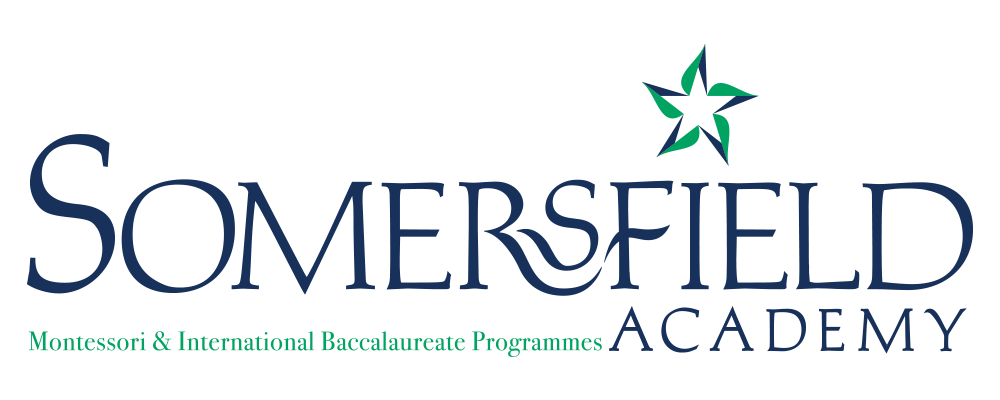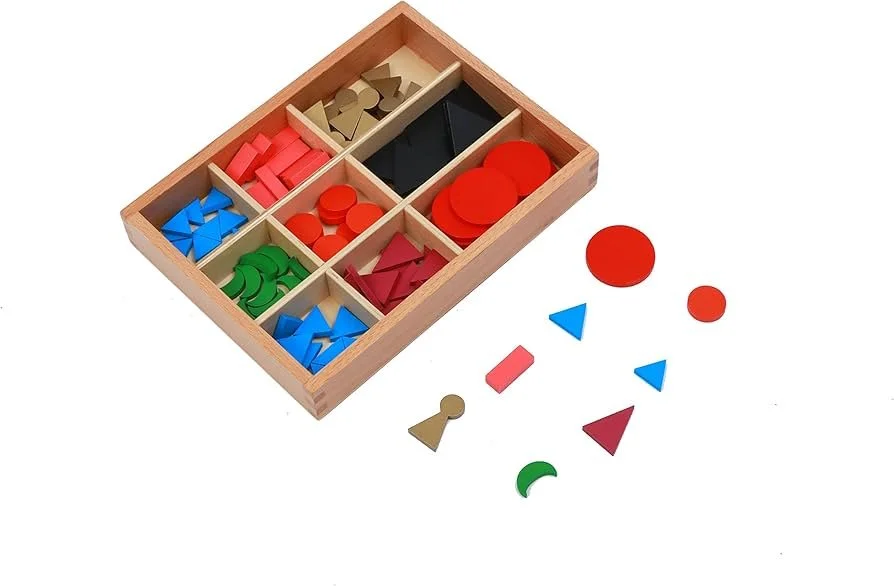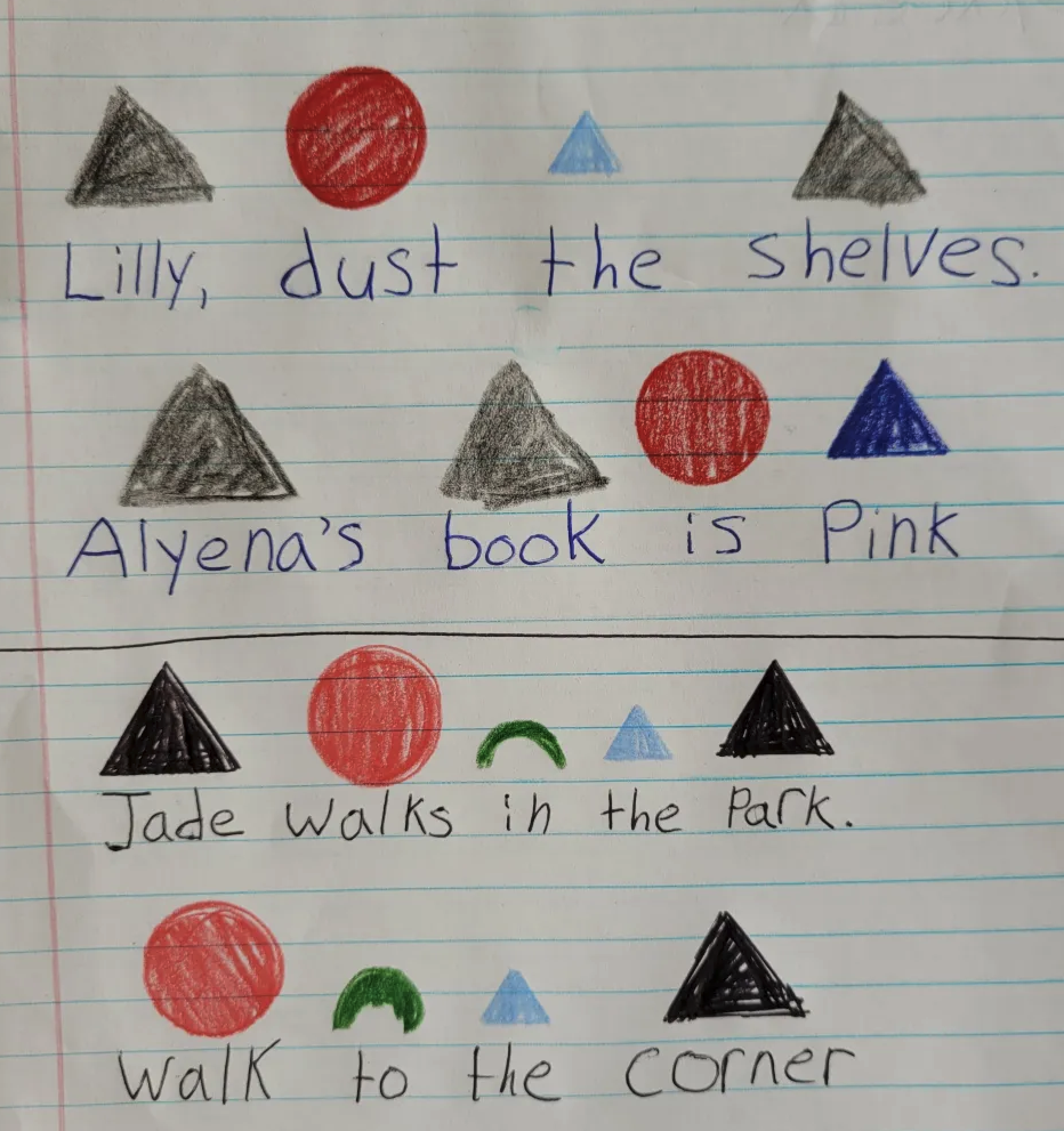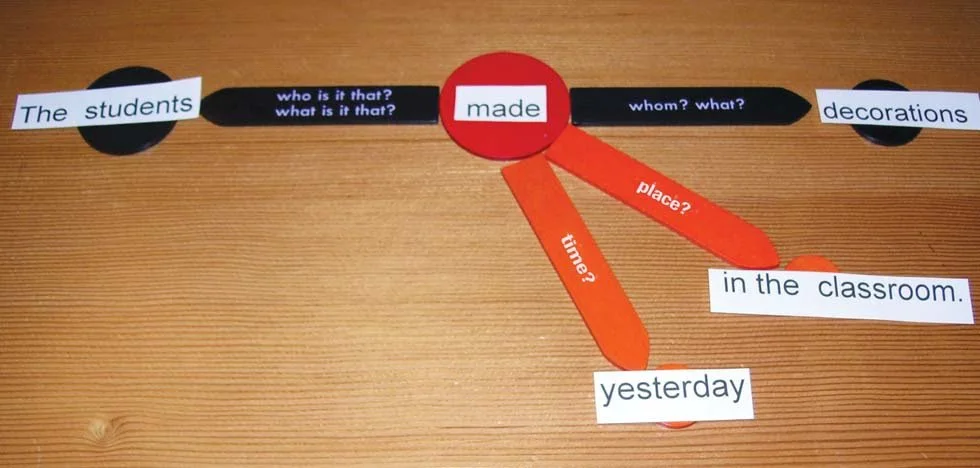The Montessori Approach to The Language Arts: Parts of Speech and Sentence Analysis
Parts of Speech and How they Function
Grammar is the study of the rules of language and how words combine to make a sentence. The parts of speech explain not what the word is, but how the word is used. The Montessori programme incorporates a hands on approach to learning the nine parts of speech through the use of verbal activities, grammar symbols, grammar boxes, command cards and analysis of sentences. By engaging with the Montessori grammar materials, students are introduced to the various parts of speech and their corresponding grammar symbol in systematic order.
Noun - a large black triangle
Article - a small, light blue triangle
Adjective - a medium-size dark blue triangle
Verb - a large red circle
Preposition - a green crescent
Adverb - a small orange circle
Pronoun - a tall purple triangle
Conjunction - a small pink bar
Interjection - a gold triangle placed on top of a gold circle
The Learning Outcomes of this work is to give a strong impression of each function of speech and to enable students to understand the relationship between them. Students will be indirectly prepared for later grammar studies, have the opportunity to practice reading and writing skills as well as a concrete experience that aims at enriching their vocabulary.
Sentence Analysis
The word “analysis” comes from the Greek word for “breaking up” which is exactly what the students do with the Montessori sentence analysis material. The material gives students the tools to break a sentence into smaller components, helps them understand how individual parts of a sentence relate to one another and reinforces the importance of syntax.
Syntax can be defined as the orderly and systematic arrangement of words. The material is presented in seven steps, each building on the preceding one. Beginning with looking at one subject and one predicate the students gradually work through the material and arrive at the final step where they work at identifying two subjects, one predicate and two direct objects.




